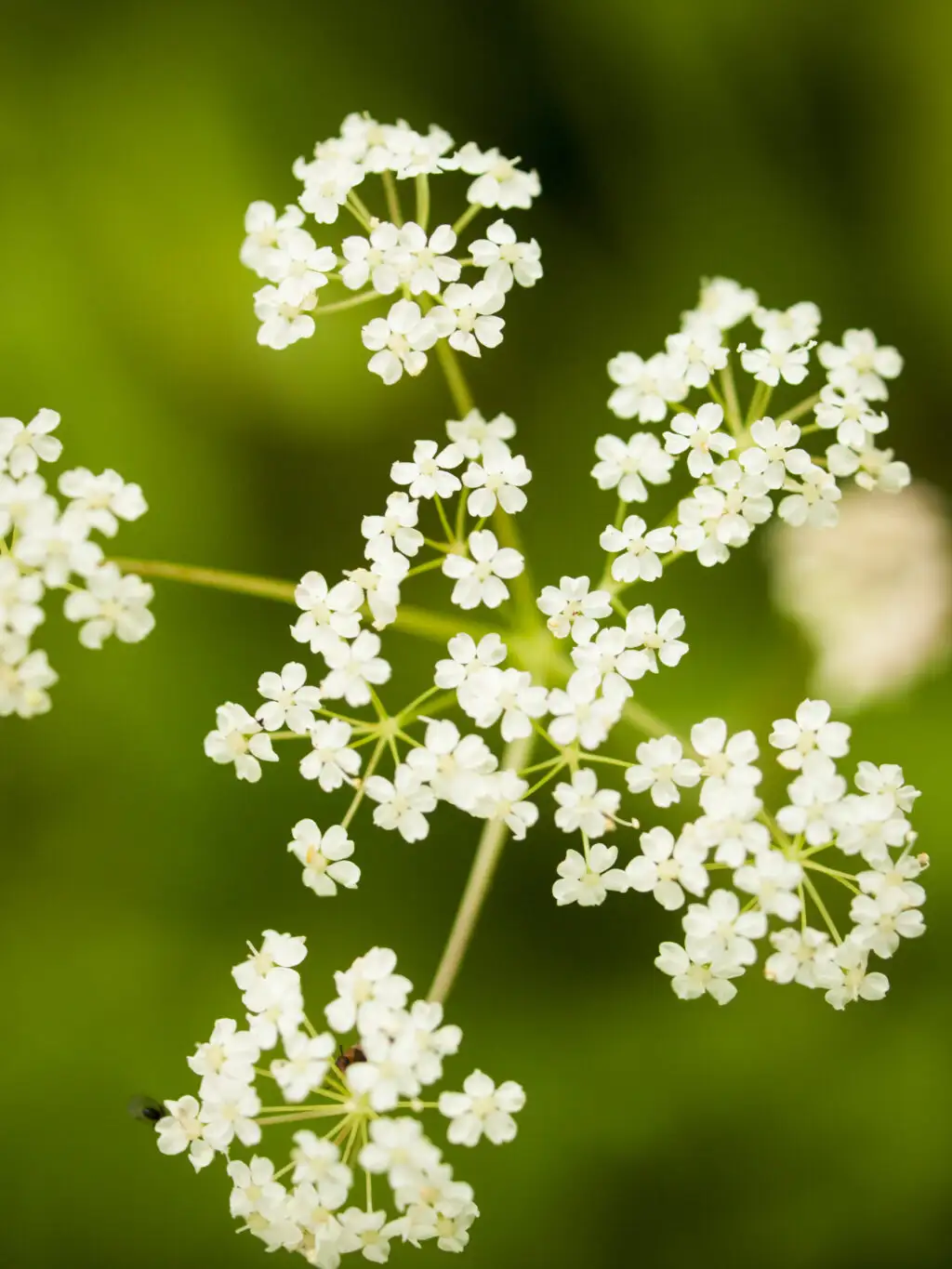Ligusticum porteri
Latin Name: Ligusticum porteri
Herb Class/Action: Circulatory Tonic, Kidney Tonic, Lung Tonic
Parts Used: Root
Flavors: Pungent, slightly bitter
Energetics: Warming, drying
Traditional Benefits: Circulatory support, lung support, respiratory support, immune support, digestive support, tension support, kidney support
Native to high elevations in the Rocky Mountains, Osha is a warming herb that supports a healthy immune system, respiratory system, and digestive system (acting on the gut-oral-lung axis).*
Sourced as a lung-supporting tool thanks to its roots, the parsley-like Osha plant is arguably the best American herb for “dampness” in the gut-lung axis. Historically, indigenous peoples in the Southwest and Mexico have used the root to soothe a variety of respiratory needs.*

It’s considered a warming herb in traditional medicine, as it stimulates circulation and warms the kidneys, lungs, digestive system and uterus. Recognized by both traditional medicine and Western medicine, Osha roots have long been used for immune health during seasonal challenges. Depending on the affected area(s), the roots can be chewed, ingested as a tea or tincture, burned to support the sinuses with its rich and clearing essential oils, or applied as a paste/ointment.
Osha earned the name “bear root” in Native American culture because, as the story goes, brown bears would eat the roots and rub them over their fur—leading the Navajo (Diné) people to discover its medicine.

